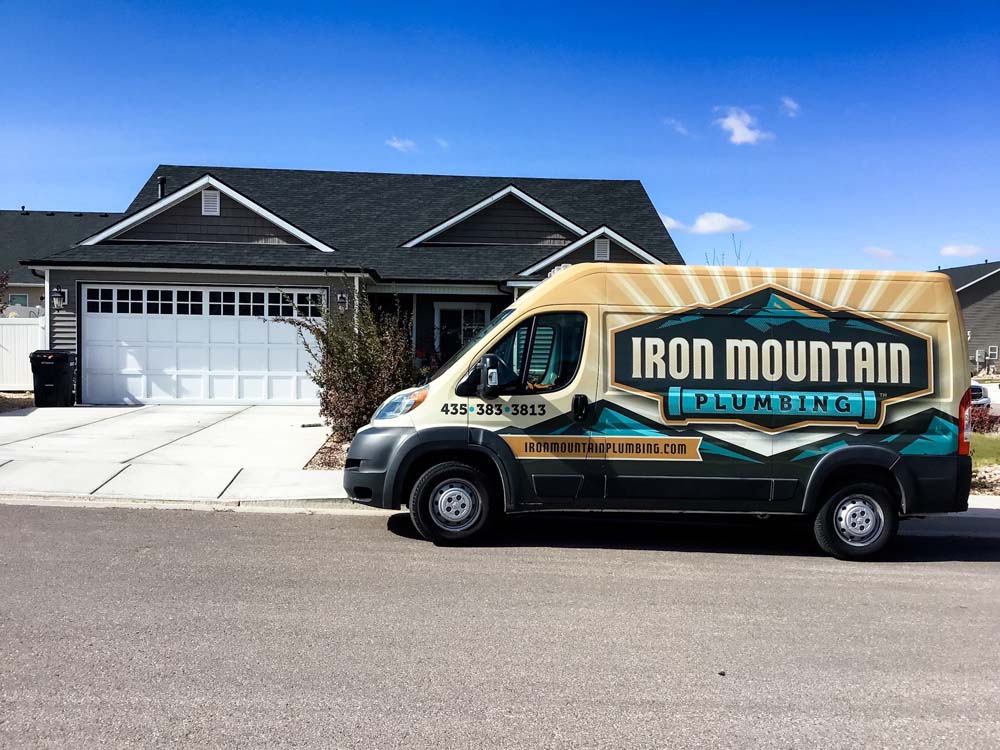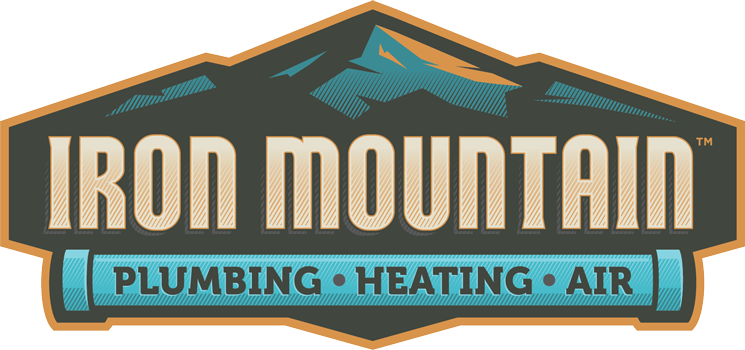
When running a business, ensuring compliance with plumbing code requirements isn’t just about avoiding fines; it’s about safeguarding your reputation and safety. You need to be familiar with national and local codes, like the UPC and IPC, which dictate everything from pipe sizing to fixture placement. Regular inspections and maintenance play a vital role in preventing violations. But how do you stay ahead of changes in these codes, and what are the key areas that often trip up even the most diligent business owners? There’s more to uncover when keeping your plumbing in line.
Understanding Plumbing Codes
Guiding plumbing codes requires a thorough understanding of the regulations that govern the installation and maintenance of plumbing systems in commercial settings. You must familiarize yourself with national and local plumbing codes, as these dictate how your business must handle water supply, waste management, and sanitation. Start by examining documents like the Uniform Plumbing Code (UPC) or the International Plumbing Code (IPC), which provide a framework for guaranteeing safety, efficiency, and environmental compliance.
When approaching plumbing codes, pay attention to pipe sizing, water pressure, fixture installation, and backflow prevention. Each element is essential to maintaining a system that not only meets legal standards but also effectively serves your clients. You’ll want to review and update your knowledge regularly because codes can change, reflecting new technologies and environmental considerations.
Consulting with certified plumbing professionals or attending industry seminars can enhance your understanding. They can offer insights into best practices and common pitfalls to avoid. Remember, being detail-oriented helps guarantee that your plumbing systems support the health and safety of everyone relying on them. By mastering these codes, you’re not just following rules but safeguarding your community’s well-being.
Importance of Compliance
Ensuring compliance with plumbing codes is essential for maintaining legal standards and preventing costly fines or operational disruptions in your business. Adhering to these regulations safeguards your operations and guarantees a safe and reliable environment for your clients and staff. Understanding the importance of compliance can be broken down into several critical components:
- Legal Obligations: Meeting plumbing codes is a legal requirement. Non-compliance could result in significant fines, legal actions, or forced shutdowns, which could impact your ability to serve others effectively.
- Safety: Proper compliance guarantees the health and safety of everyone on your premises. Codes are designed to prevent contamination, leaks, and water damage, which could pose serious risks to health and property.
- Reputation Management: A compliant plumbing system reflects your commitment to professionalism and reliability. Clients and employees trust businesses that prioritize safety and legal integrity.
- Financial Protection: Investing in compliance can save you from future liabilities and repair costs. Avoiding code violations helps you maintain operational continuity and financial stability.
Prioritizing these areas underscores your dedication to serving others responsibly and guaranteeing that your business operates smoothly and within the law.
Key Areas of Focus
To effectively maintain compliance, focus on essential areas such as water supply systems, drainage and venting, backflow prevention, and fixture installation standards. Confirming your water supply system adheres to local codes involves verifying proper pipe sizes and materials to facilitate efficient water flow and prevent contamination. For drainage and venting, confirm pipes are correctly sloped and sized to remove wastewater efficiently while preventing sewer gases from entering the building.
Incorporate backflow prevention devices to protect the potable water supply from contamination due to reverse flow. Regularly test and maintain these devices to confirm they function correctly, thereby safeguarding public health. Follow precise installation standards for fixtures, confirming that sinks, toilets, and other plumbing fixtures meet the required heights, clearances, and accessibility standards specified by the codes.
Document all installations and inspections meticulously, keeping records demonstrating compliance with plumbing codes. Engage with professional plumbers who understand local regulations and can offer expert guidance. By focusing on these critical areas, you adhere to legal requirements and enhance the safety and functionality of your business’s plumbing system, ultimately serving your clientele more effectively.
Water Supply Standards
When addressing water supply standards, ensure your business complies with local regulations by using approved materials and correct pipe sizing to secure efficient and safe water delivery. Confirming proper compliance is not just about meeting legal requirements; it’s about serving your community effectively. Begin by evaluating the following significant areas:
- Material Selection: Choose corrosion-resistant materials approved for potable water. This will guarantee the longevity and safety of your water supply system.
- Pipe Sizing: Accurate pipe sizing is essential for maintaining adequate water pressure and flow rates. Oversized pipes waste resources, while undersized ones can lead to insufficient water delivery.
- Backflow Prevention: Install backflow prevention devices to protect the water supply from contamination. This is crucial in preventing potential health hazards to those you serve.
- Pressure Regulation: Use pressure regulators to maintain water pressure throughout your system. This prevents damage to plumbing fixtures and guarantees user safety.
Drainage System Guidelines
Proper drainage system design is vital for maintaining hygienic conditions and preventing structural damage in your business premises. To comply with plumbing codes, guarantee that your drainage system efficiently removes wastewater and prevents backflow, which can contaminate clean water sources. You must install appropriately sized pipes to handle peak flow rates, preventing blockages and overflow. Slope your drainage pipes correctly—typically a quarter-inch per foot—to facilitate gravity-based flow.
Regulatory codes often require venting to equalize pressure and prevent siphoning of water seals in traps. Ensure you include vent pipes in your design, connecting them to the drainage lines. Using cleanouts at strategic points will make maintenance easier, allowing you to clear blockages without major disruption.
Materials matter; choose those that are durable and compatible with the waste your business generates. For example, corrosive waste may require specialized piping. Regular inspections and adherence to local plumbing codes are essential to guarantee compliance and system longevity.
Fixture Installation Rules
Guaranteeing your business remains compliant with plumbing codes requires installing fixtures that meet specific standards for safety, efficiency, and accessibility. To serve your clients effectively, you must adhere to these fixture installation rules:
- Fixture Spacing: Verify proper spacing between fixtures. Codes often specify minimum distances to maintain accessibility and comfort. For example, the distance between a toilet and a sink should provide ample space for maneuvering, especially for those with mobility challenges.
- Water Conservation: Choose fixtures that optimize water use. High-efficiency toilets and faucets can greatly reduce water consumption, aligning with environmental regulations and demonstrating a commitment to sustainability.
- Backflow Prevention: Install backflow prevention devices to protect the water supply from contamination. These devices guarantee that waste or other contaminants don’t flow back into clean water lines, safeguarding public health.
- Material Compliance: Use approved materials that meet local and national standards. Non-compliant materials can lead to failures and costly penalties, so verifying that all pipes, valves, and fixtures meet the required specifications is essential.
Common Plumbing Violations
In many businesses, common plumbing violations include inadequate fixture spacing, improper backflow prevention, and the use of non-compliant materials, which can lead to regulatory penalties and operational disruptions. To serve your clients effectively and guarantee smooth operations, it’s critical to understand these violations. Inadequate fixture spacing can violate code requirements, making maintenance and repair difficult and potentially posing health risks. Fixtures need proper spacing to allow for accessibility and compliance with ADA regulations.
Improper backflow prevention is another prevalent issue. Backflow can contaminate potable water sources, posing significant health risks to employees and clients. Ascertain your business installs appropriate backflow prevention devices and regularly maintains them to meet health codes and prevent costly penalties.
Using non-compliant materials is a common oversight leading to significant regulatory issues. Materials must meet local and national plumbing codes to promote safety and functionality. Using materials not certified for plumbing applications can compromise system integrity and lead to failures.
Regular inspections and a thorough understanding of local plumbing codes are essential in avoiding these violations. By addressing these issues proactively, you’ll guarantee your business remains compliant and continues to serve your community effectively.
Hiring Qualified Professionals
Securing compliance with plumbing codes requires engaging professionals with the technical expertise and certifications necessary to address potential violations proactively. When running a business, it’s essential to ensure that your plumbing systems are up to code to prevent costly fines, protect your clientele, and maintain your business’s reputation. Here’s how you can hire qualified professionals effectively:
- Verify Licenses and Certifications: Confirm that the professional holds valid licenses and certifications specific to your state or locality. These credentials demonstrate their understanding of current plumbing codes and regulations.
- Evaluate Experience: Consider professionals with a proven track record in commercial plumbing. Experience in handling diverse and complex systems is imperative for anticipating issues before they arise.
- Check References and Reviews: Speak with past clients and read reviews to gauge the professional’s reliability, quality of work, and adherence to code requirements. This step is essential for securing peace of mind.
- Request Detailed Proposals: Obtain proposals that outline the scope of work, timelines, and how they plan to guarantee code compliance. This transparency helps you understand their approach and commitment to regulatory standards.
Inspection and Maintenance
Regular inspections and maintenance of plumbing systems are vital for identifying potential code violations and preventing costly disruptions to your business operations. By scheduling routine checks, you guarantee compliance with local and national plumbing standards, safeguarding your business from legal penalties. Inspections help you detect leaks, corrosion, or blockages early, allowing for prompt repairs and minimizing water waste, which reflects your commitment to sustainability.
During inspections, focus on important components like backflow prevention devices, water heaters, and drainage systems. Verify each element functions effectively and adheres to code specifications. For instance, confirm backflow preventers are tested annually to protect potable water supplies. Maintaining detailed records of inspections and maintenance activities is significant, as they provide documentation of compliance efforts and simplify audits by regulatory bodies.
Perform regular maintenance tasks such as cleaning aerators, checking for leaks, and inspecting valve functionality. These actions extend the lifespan of plumbing systems and enhance efficiency and safety. Encourage your team to report any irregularities immediately, fostering a proactive approach to plumbing care. By prioritizing inspection and maintenance, you uphold high service standards, reflecting your dedication to serving others responsibly.
Staying Updated on Changes
To guarantee compliance with evolving plumbing codes, you must actively monitor updates from local and national regulatory agencies. Staying informed guarantees you serve your clients effectively and maintain legal standards. Here’s how you can do it:
- Subscribe to Updates: Register for newsletters from bodies like the International Code Council (ICC) or your local plumbing board. These updates will provide the latest code changes and interpretations.
- Attend Workshops and Seminars: Participate in industry workshops or seminars. These events often cover new regulations and offer a platform for discussing practical implications with peers and experts.
- Consult with Professionals: Work with a licensed plumbing consultant specializing in code compliance. They can provide insights into complex changes and how they affect your specific operations.
- Regularly Review Code Publications: Keep the latest editions of the plumbing code manuals at hand. Regular review helps you understand nuances and align your practices accordingly.
Conclusion
By ensuring your business complies with plumbing codes, you’re not just ticking boxes but safeguarding your operation and building trust. Remember, “an ounce of prevention is worth a pound of cure.” Regular inspections, attention to key areas like water supply and drainage, and hiring qualified professionals can prevent costly violations. Stay proactive by keeping current with code changes. This diligence protects you legally and enhances your reputation as a detail-oriented, reliable business.
Frequently Asked Questions
Related Articles
Contact Form
Have questions? Fill out the form below and a member of our team will get back to you as soon as possible.




